The letter O: Made complex by 17th century calligraphy
In the hands of master calligraphers, the humble O can shed its simplicity, its symmetry, and even its bounded borders
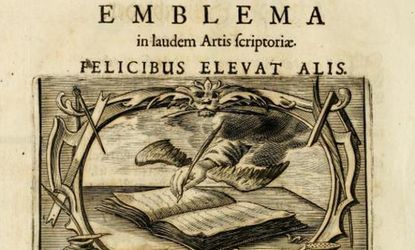

Of all our letter forms, the O is arguably the simplest. One stroke moving in one direction. A circle, perhaps an oval, grounded and elemental. A pair of rounded lips, an eye, an egg, the earth. But in the hands of master calligraphers, the humble O can shed its simplicity, its symmetry, and even its bounded borders to perform feats of 'O'ness that defy all expectation. Here are 12 Os from a 17th century German book, The Proper Art of Writing: a compilation of all sorts of capital or initial letters of German, Latin and Italian fonts from different masters of the noble art of writing, each one more complex and beautiful than the one before it.
1. CLASSIC

Just the barest hint of tilt and variation in line thickness. Pure elegance.
Subscribe to The Week
Escape your echo chamber. Get the facts behind the news, plus analysis from multiple perspectives.

Sign up for The Week's Free Newsletters
From our morning news briefing to a weekly Good News Newsletter, get the best of The Week delivered directly to your inbox.
From our morning news briefing to a weekly Good News Newsletter, get the best of The Week delivered directly to your inbox.
2. A LITTLE MORE TILT
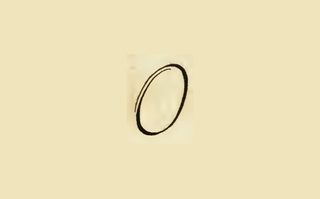
A slender open channel. The O is leaning toward freedom.
3. CURVES BECOME POINTS
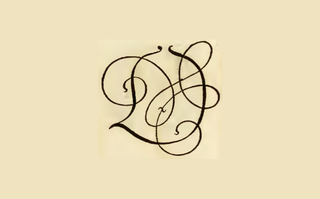
Air forces its way out in a tangle of swirling breezes.
Sign up for Today's Best Articles in your inbox
A free daily email with the biggest news stories of the day – and the best features from TheWeek.com
4. MORE
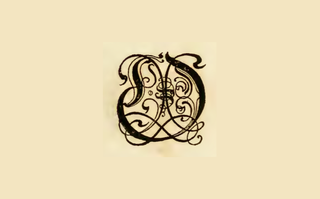
More lines, more shapes, stability in the base, chaos at center.
5. STATELINESS RETURNS

The circle is squared, essence contained but not stilled.
6. THE AIR BURSTS THROUGH
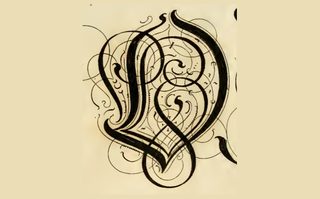
Symmetry abandoned. New life forms within.
7. MORE OPENING
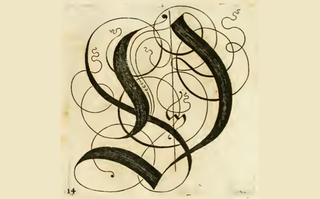
More sharpness. The O releases its tendrils of sound.
8. ALMOST MODERN
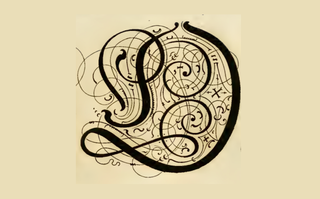
This was made in the 17th century. Long before Miró. Long before Picasso.
9. TOGETHER

The circle comes back together, yet the lines are still open.
10. SYMMETRY RETURNS

Until you look at it more closely.
11. CIRCLE BACK
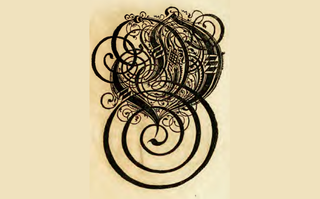
Almost the pinnacle of 'O'ness. The circle that goes on forever.
12. ELABORATE
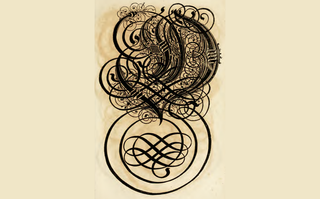
Topped off with a dollop of infinity.
Create an account with the same email registered to your subscription to unlock access.
Arika Okrent is editor-at-large at TheWeek.com and a frequent contributor to Mental Floss. She is the author of In the Land of Invented Languages, a history of the attempt to build a better language. She holds a doctorate in linguistics and a first-level certification in Klingon. Follow her on Twitter.
-
 Post Office's Capture software to be reviewed over 'glitches'
Post Office's Capture software to be reviewed over 'glitches'Speed Read Solicitor representing accused postmasters says flaws in the IT system follow 'very similar pattern' to Horizon
By Arion McNicoll, The Week UK Published
-
 How would we know if World War Three had started?
How would we know if World War Three had started?Today's Big Question Conflicts in Ukraine, Middle East, Africa and Asia-Pacific mean the 'spark' that could ignite all-out war 'already exists'
By Harriet Marsden, The Week UK Published
-
 Death Cafe: where people talk mortality over tea and cake
Death Cafe: where people talk mortality over tea and cakeWhy everyone's talking about The meet-ups are intended to offer a judgement-free and respectful space to discuss the end of life
By Chas Newkey-Burden, The Week UK Published